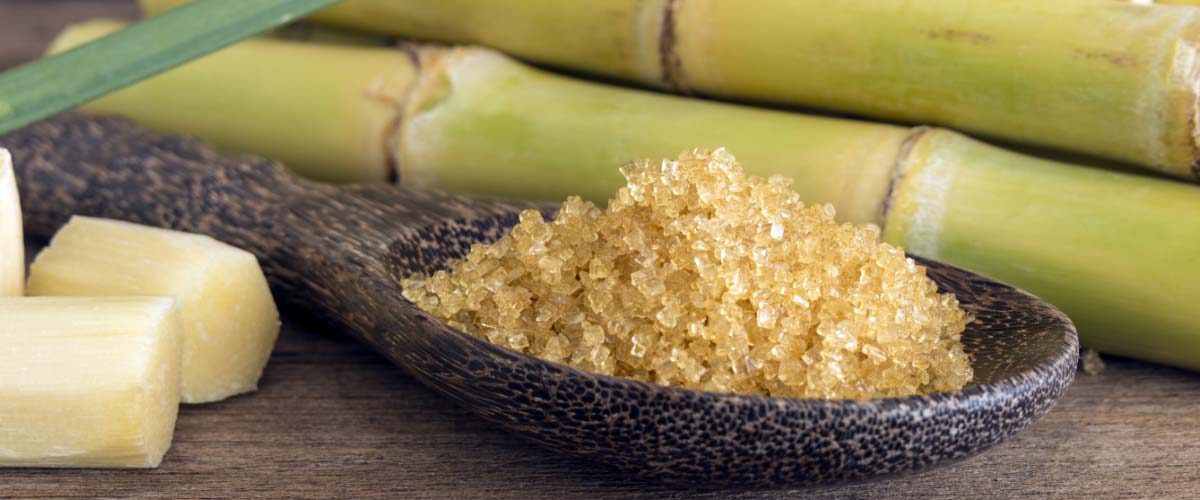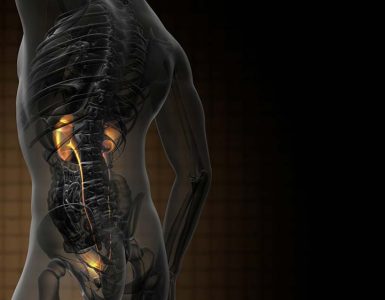Agricultural by-products are often used to overcome feed limitations during dry seasons, including corn and sugarcane by-products such as corn straw1, corn husks, corn cobs2, sugarcane top sand bagasse3. The main hindrance that occurs with the use of agricultural by-products as ruminant feed is their low nutritive quality. These by-products are typically characterized by high fiber content (lignocelluloses components), which is difficult to digest and contributes to the low production performance of livestock.
Therefore, it is necessary to perform certain processing techniques on agricultural by-products in order to improve their quality and potentially increase the productivity of livestock. The processing techniques for agricultural by-products consist of physical, chemical and biological processing.

Combinations of different processing techniques are more effective to break down lingo-cellulosic components, such as the combination of high temperature, high pressure, steam and the addition of urea. Combinations of these processing techniques have been studied previously for enhancing the nutritive values of rice straw and oil palm tree empty fruit bunches4.
A new study was conducted by researchers in which they aimed to evaluate the use of fiber cracking technology (FCT) to improve the nutritive quality of corn and sugarcane by-products, (corn straw, corn husks, corn cobs, sugarcane tops and bagasse). Scanning electron microscopy (SEM), X-ray diffraction (XRD) and Fourier transform infrared spectroscopy (FTIR) analyses were employed to confirm the effects of FCT on the corn and sugarcane by-products. An in vitro rumen fermentation study was also conducted to determine their digestibility5.
The high temperature and pressure generated by the FCT apparently induces the release of the acetyl group from the fiber structure, leading to an enhancement of substrate acidity and an increase in fiber solubility. The combination of FCT+5% urea increases the affectivity of fiber degradation in corn and sugarcane by-products.
The treatment of FCT+urea of fibrous feed led to an increased the in vitro dry matter digestibility (IVDMD) and the in vitro organic matter digestibility (IVOMD). FTIR spectroscopy was used to show the breakdown of lingo-cellulosic bonds. FTIR has been used to study the characterization of hydrogen bonding in cellulose6.
It was concluded that Fiber cracking technology combined with the addition of 5% urea is able to reduce the fiber fraction in both corn and sugarcane by-products and increase their in vitro digestibility.
This effect is possible through the breakdown of lingo-cellulose bonds and the destruction of cell walls as confirmed by SEM, XRD and FTIR analyses. Fiber cracking technology can be an excellent processing technology to improve the quality of fibrous feeds.
References:
- Chea, B., T. Hout, S. Mob, K. Theng and M. Seng, 2015. Nutrient value and palatability for cattle on corn stover silage. Int. J. Environ. Rural Dev., 6: 103-107.
- Hamad, M.R., S.N. Abed-Elazeem, A.M. Aiad, A. Mohamed and A.M. Soliman, 2010. Replacement value of urea treated corn with cobs for concentrate feed mixture in pregnant ewes rations. J. Am. Sci., 6: 166-178.
- Da Costa, D.A., C.L. de Souza, E.D.O.S. Saliba and J.D.C. Carneiro, 2015. By products of sugar cane industry in ruminant nutrition. Int. J. Adv. Agric. Res., 3: 1-9.
- Jayanegara, A., R.S. Ayinda and E.B. Laconi, 2017. Urea treatment of rice straw at elevated temperature and pressure: Effects on fiber content, rumen fermentation and digestibility. J. Indones. Trop. Anim. Agric., 42: 81-87.
- Dewi, S.P., Ridla, M., Laconi, E.B. and Jayanegara, A., 2018. Use of Fiber Cracking Technology to Improve the Nutritive Quality of Corn and Sugarcane By-products for Ruminant Feeds. Pak. J. Nutr., 17: 568-577.
- Guo, Y. and P. Wu, 2008. Investigation of the hydrogen-bond structure of cellulose diacetate by two-dimensional infrared correlation spectroscopy. Carbohydr. Polym., 74: 509-513.
















Add comment